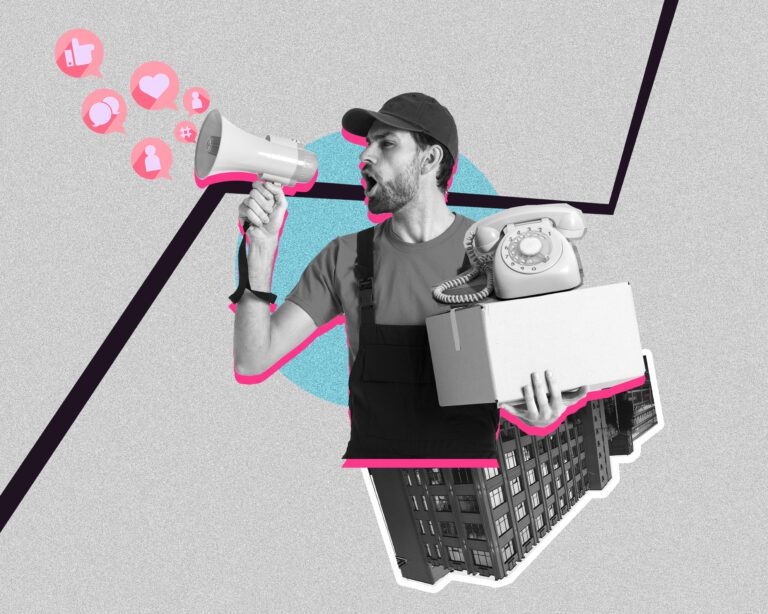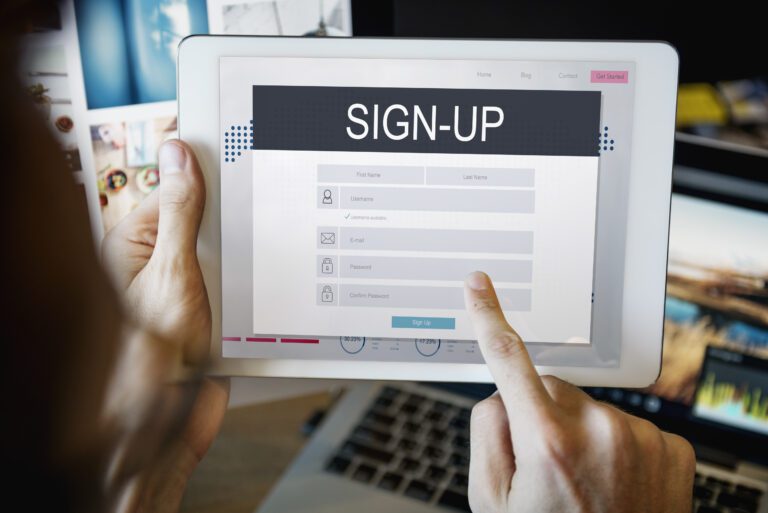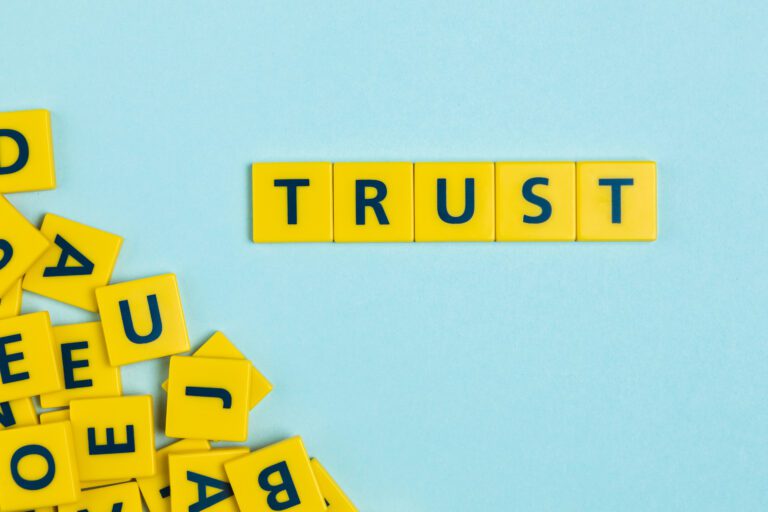How to Increase Ecommerce Sales with Personalization at Scale

I hope you enjoy this blog post. If you want Hello Bar to grow your leads, click here.
Author:
Mansi
Published
September 4, 2025
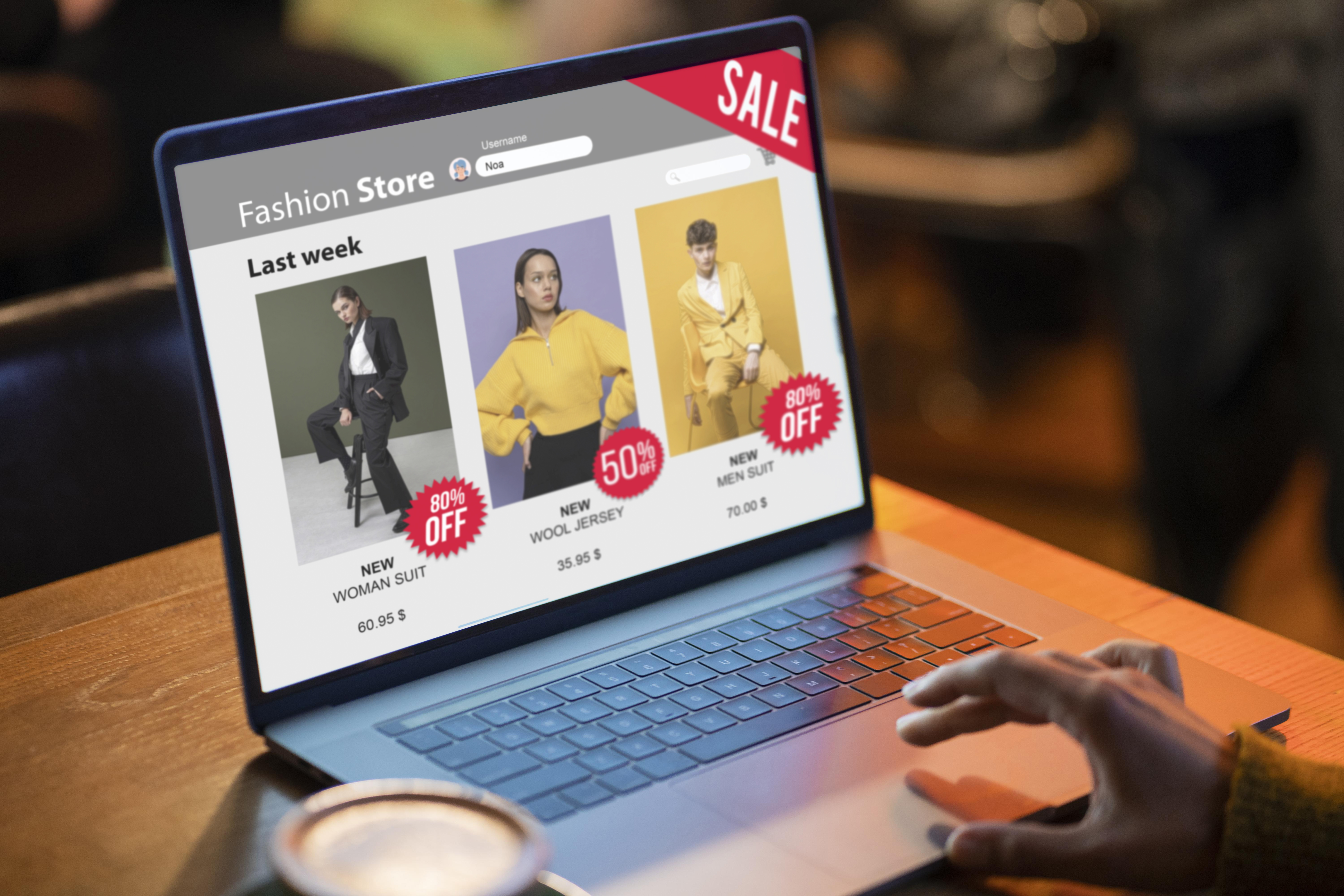
Table of Contents
Personalization in ecommerce isn’t new. Everyone knows greeting customers by name or sending a birthday discount works. The problem is most businesses stop there. They keep things surface-level because doing it at scale feels impossible. Yet, the brands that figure this out are the ones that consistently increase ecommerce sales without burning cash on endless ads.
This post is about that gap — how to actually make personalization work when you’ve got thousands of customers, not just a few dozen.
Why personalization matters for sales growth
If you strip it down, ecommerce is about two things: getting people to buy the first time and getting them to come back again. Personalization makes both easier.
- First-time buyers feel like the store “gets them.” That reduces hesitation.
- Repeat buyers see value in staying because the brand keeps sending offers and products that make sense to them.
It’s not magic. It’s about showing the right thing to the right person instead of treating everyone like they’re the same. That shift alone can increase ecommerce sales by double-digit percentages.
Start with data, not tools
Most businesses jump into software right away. They buy expensive personalization platforms before they even know what data they need. Wrong move.
The first step is simple: figure out what you already know about your customers.
- Which products do people buy together?
- How often do they reorder?
- What’s the average time between their purchases?
- Which pages make them drop off?
Even basic patterns can help you increase ecommerce sales. For example, if you know most people who buy running shoes also buy socks within two weeks, you can set up a small campaign suggesting socks right after checkout. No heavy system required.
Personalization doesn’t mean one-to-one
A common misconception is that personalization equals creating a unique journey for every single shopper. That’s not practical for most stores.
Think in segments.
- New visitors vs returning visitors.
- Bargain hunters vs premium buyers.
- One-time buyers vs subscribers.
Once you have these buckets, you can design experiences that fit each type. You’ll increase ecommerce sales because each person feels like the store is speaking to them, but you’re not driving yourself crazy trying to manage millions of unique paths.
Where personalization works best
Not every touchpoint needs personalization. Focus on areas that have the highest impact.
- Product recommendations
Simple logic goes a long way. Show similar items, “bought together” suggestions, or recently viewed products. This is low-hanging fruit to increase ecommerce sales without much setup. - Search results
If your search bar shows everyone the same thing, you’re missing out. Personalize based on browsing or past orders. Someone who often buys eco-friendly products should see those at the top. - Email campaigns
A single weekly blast doesn’t cut it. Use purchase history or browsing data to send tailored emails. Even splitting lists into three or four groups can increase ecommerce sales compared to generic blasts. - Homepage banners
Returning customers don’t need to see the generic welcome message. Show them products they viewed, or promotions relevant to their last order.
One clear point on popups
Most people hate popups, but when done right they can increase ecommerce sales instead of chasing buyers away. The key is relevance.
Example: if someone is looking at jackets and hasn’t purchased yet, a popup offering 10% off outerwear feels helpful. A random sitewide discount doesn’t. Personalization makes the difference between annoying and effective.
Timing is just as important as the message
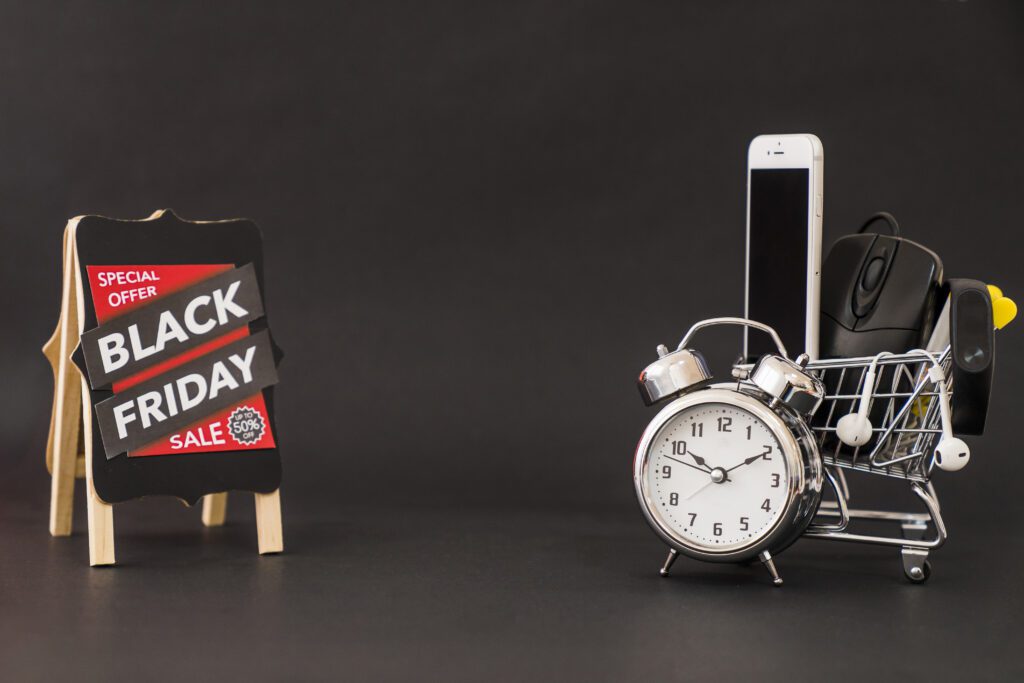
It’s not just what you show — it’s when you show it.
- Cart abandonment reminders work best within the first few hours.
- Reorder nudges should match the customer’s buying cycle (e.g., send a coffee reminder every 30 days).
- Seasonal prompts (like sunscreen in May) should trigger based on location and past interest.
Matching timing to behavior helps increase ecommerce sales because it aligns with how people actually shop.
Balance automation with a human touch
It’s tempting to automate everything. But sometimes small human-like gestures build more trust.
For example, instead of sending the same “thanks for your order” email, create versions that reference the product type. Someone buying a laptop bag could get a tip on how to clean it. Someone buying a blender could get a smoothie recipe. These touches increase ecommerce sales by making customers feel the brand is paying attention, not just pushing another upsell.
Keep testing, don’t assume
What works for one store may not work for another. Personalization is not set-and-forget.
- Test which subject lines get more clicks.
- Try different product recommendation rules.
- Adjust the frequency of follow-up emails.
Over time, the data shows what actually helps increase ecommerce sales and what’s just noise.
Real-world examples
- Grocery delivery app
They noticed users who bought baby products had higher reorder rates when shown promotions for diapers and wipes. Targeted bundles helped increase ecommerce sales more than sitewide coupons. - Clothing brand
Instead of showing the same “new arrivals” to everyone, they split by gender and browsing history. Women who had looked at dresses saw dresses. Men who looked at jackets saw jackets. Conversion rates went up 25%. - Pet supply store
They tracked how often people re-bought dog food and sent reminders two weeks before the bag should run out. That alone was enough to increase ecommerce sales without spending extra on ads.
Personalization at scale isn’t about fancy tech
You don’t need an enterprise platform to get started. Start small:
- Use basic rules in your email tool.
- Add a few conditional banners on your site.
- Send segmented campaigns.
As revenue grows, then invest in bigger systems. But don’t wait for the perfect setup. Every small step can increase ecommerce sales if it’s customer-driven.
The risks of doing it wrong
Personalization done poorly backfires.
- Showing irrelevant recommendations frustrates customers.
- Overusing names in emails feels fake.
- Sending too many offers creates fatigue.
Always check: does this message actually help the buyer? If not, it won’t increase ecommerce sales, it’ll drive people away.
Also read pur article on 5 Ecommerce Trends to Increase Your Site’s Revenue In 2025
Privacy and trust matter
People are more aware than ever about how their data is used. Be upfront about it.
- Explain why you’re collecting information.
- Give clear options to control preferences.
- Don’t cross the line into being creepy.
Trust builds loyalty, and loyalty is what helps you increase ecommerce sales long-term.
Putting it all together
Scaling personalization isn’t about doing everything at once. It’s about layering.
- Start with a few key segments.
- Add logic to your product pages.
- Work on timing for reorders and follow-ups.
- Keep testing and improving.
Each layer stacks on the next, making your store feel smarter without overwhelming your team. Over time, this approach helps you increase ecommerce sales in a steady, sustainable way.
Conclusion
Personalization at scale doesn’t have to be complicated. Start with the data you already have, focus on relevance, and build layer by layer. Done right, it’s the simplest way to increase ecommerce sales without throwing endless money at ads.


